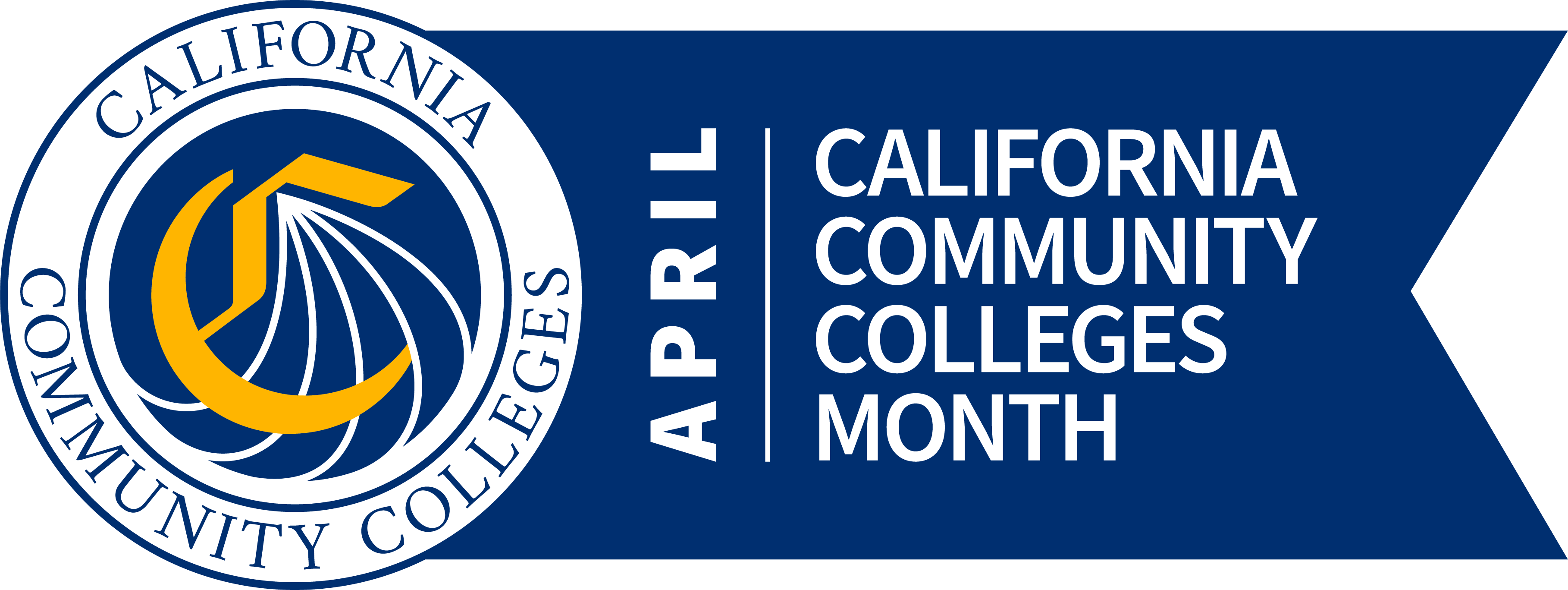The following questions were gathered from Helpdesk requests over the past month. Please see our Archive for previous year's FAQs.
Updated 10/30/2023
Only the Lead LEA collects the 4% indirect funds.
2. Will there be future plans to display middle school data on the Partnership for Achieving Student Success (Cal-PASS Plus) dashboard?
There are not any plans at this time to display middle school data on the CALPASS Plus dashboard.
3. The due date for the final report for Round 6 is listed as November 28, 2026. This is much later than previous rounds. Can you confirm this date?
The date November 28, 2026, is the correct deadline to submit the final report for Round 6. The Chancellor’s Office is providing a time extension in order for LEAs to submit their final report before the end of the year. The LEAs are required to submit a Quarter 4 (Q4) report at the end of August, and we are allowing enough time to reconcile through November, recognizing LEAs are on summer break.
4. Is it appropriate for a LEA to use only part of their Average Daily Attendance (ADA) for a grant application? For example, a K-8 district plans to develop a Career Technical Education (CTE) Pathway for only middle school students in grades 7-8? Their total K-8 ADA is 500 but grades 7-8 is only 100.
No, Nova auto populates ADA for each agency based on the California Department of Education (CDE) enrollment for 7-12th grades of that agency or agencies applying. The workplan, however, allows you to enter the number of students who will be served with K12 SWP funding.
5. If the LEA is requesting more than one program to be funded, does there need to be a separate application for each program?
No, the LEAs do not need to separate their pathway programs in separate applications. The LEA is allowed to, but not required to.
6. For matching funds, do the matching funds need to be coded to CTE goals? Can the matching funds be indirect costs such as portions of Admin/clerical/Information Technology (IT) staff/custodial supporting the program?
Matching funds should help support the program and support student success. In kind match such as “Admin and IT” should be allocated to demonstrate the time split to support the program and reflected in the match detail (i.e., percentage of time supporting the program, roles). Clerical time spent supporting the program should be allocated to the project and under the direct control of the project manager. Custodial and other facilities supports except for space (which must be for the exclusive use of the program) fall under indirect costs and cannot be claimed as match.
7. Can a K-8 be considered a new applicant if they offer career exploration programs, or do they have to offer CTE courses as designated in the California Longitudinal Pupil Achievement Data System (CALPADS)?
Yes, if the K-8 agency has never previously applied, but wants to implement a new career exploration program, they can apply to do so.
1. Can a 7-8th instructor who is not CTE credentialed teach a career exploration class?
Yes, a 7-8th grade instructor who is not CTE credentialed may teach a career exploration course with K12 SWP funding. An instructor teaching in a CTE Pathway program at the secondary level must be CTE credentialed.
2. Can K12 SWP funds be used to fund Grade 7/8 career exploration courses?
Yes, funds may be used for career exploration for 7/8th grades. It is not a requirement to be taught by a CTE credentialed teacher at the 7-8 grade level.
3. Can K12 SWP funds be used to pay for student internships?
No, funds may not be used for student internships, SWP K12 does not allow for direct aid to students, therefore this type of expense would be considered a gifting of public funds.
4. An independent charter school is partnered with a local community college to provide its elective courses, which are all dual credit. The courses are taught by community college instructors at the charter school’s campus. This charter school is interested in offering CTE pathways using a similar model. If the community college instructors were CTE certified, would this be an acceptable model and can K12 SWP grant funds help pay for the costs of instruction?
No, the K12 agency should not use K12 SWP funding to pay Community College instructors for dual enrolled courses, as the Community College would already be receiving full-time equivalent (FTE) enrollment off the K12 student enrollment numbers. However, this would be a great match from the college.
1. If a school has an incomplete pathway (2 courses) and will be creating a real pathway with this grant, does that count as creating a new pathway?
If the school is providing 2 sequenced courses in the pathway, it is already a complete pathway and therefore not considered “new”. Although this may not qualify the applicant for the additional points, the applicant can use K12SWP funding to improve the pathway by providing a 3rd course, as this would be considered pathway improvement.
The leading metrics are the expected measurable outcomes that support your Project Objectives. Examples may include increases in CTE enrollments, CTE completers, CTE completers’ graduation rate, CTE completers with early college credit/Work Based Learning/industry certifications, and other metrics from the K12 SWP dashboard.
2. In the “Positive Considerations” section of the K12 SWP Round 6 application, applicants are asked to “indicate whether one or more new CTE programs/pathways are proposed.” What is the definition of a “new CTE program/pathway”? Is this required to be CALPADS reportable? For example, is a new summer dual enrollment program that recruits cohorts from across high schools for career education as a bridge to community college considered a “new CTE program”?
Yes, a new summer dual enrollment program that recruits cohorts from across high schools can be considered a new CTE program. CTE programs are designed to provide students with skills and knowledge that prepare them for specific careers or industries. This program aligns with that goal by offering career education opportunities and facilitates the transition to community college, fulfilling the goals for K12 SWP.
To determine whether your CTE program is considered new, please consider the following factors:
• If the CTE program has recently been introduced or implemented, it is likely considered new. The specific timeframe for considering a “new” program may vary depending on the context and institution.
• If the program has undergone significant updates, revisions, or expansions, it may be considered new. This could include changes in curriculum, instructional methods, industry alignment, or partnerships.
• If your CTE program has recently received recognition, accreditation, or certification, it may be considered new.
• Awareness among stakeholders: If the program is unfamiliar to stakeholders, such as students, faculty or industry professionals, it may be considered new within that particular community or region.
Reporting a new CTE program/pathway to CALPADS is not a requirement. However, we encourage LEAs to develop programs and courses that will show in the State metrics such as the College and Career Indicator (CC&I).
3. Does the High Quality CTE Evaluation have to have a minimum score for the Lead LEA and the K12 partners?
No, the High Quality CTE evaluation is not scored, but is required as part of the application.
Select Programs | K12 SWP on the left menu and the K12 SWP application for Round 6 will display in the right panel. If your NOVA account does not show K12 SWP below Programs on the left menu, please submit a support request ticket to the NOVA Help Desk. This is a technical issue the NOVA Help Desk team can assist you with.
2. Is there a word count on the work plan? No word count is listed (like there is on the problem statement / objectives)
The word count cannot exceed 2500 characters.
3. Is the Cal-PASS Plus memorandum of understanding (MOU) required as an upload with the Application in NOVA? Will you please clarify the requirement and provide information on how to include the MOU in the application?
The Cal-PASS Plus MOU is required to upload with the Application in NOVA. In the Supporting Documents of the Application, the Cal-PASS Plus MOU is one of the required documents the applicant must upload.

